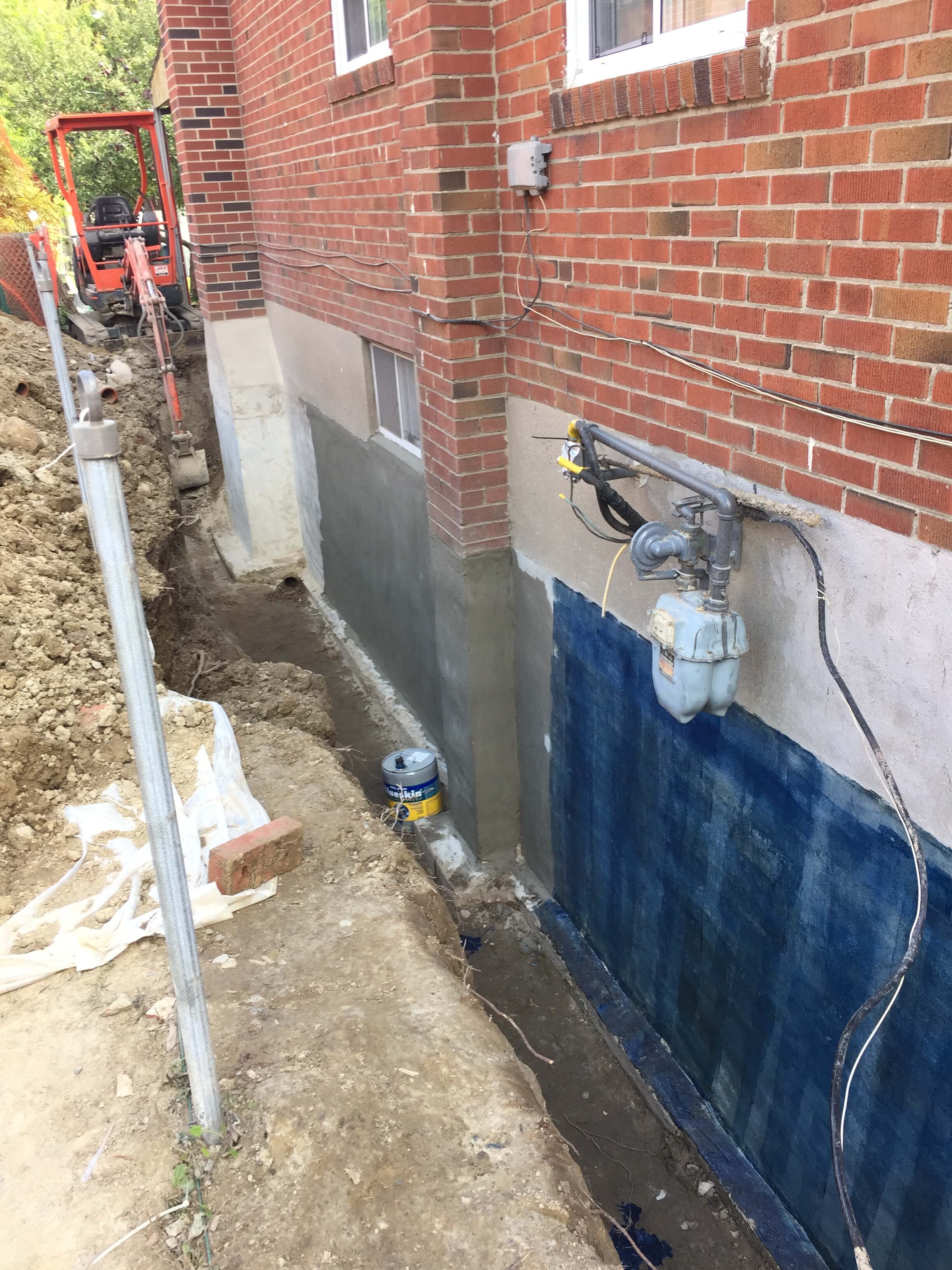Waterproofing is an essential aspect of home maintenance that often gets ignored until it's already too late. As a property owner, understanding the importance of waterproofing can save you from costly repairs and extensive damage down the line. From protecting your basement to ensuring the strength of your roof, efficient waterproofing methods can protect your property against the destructive forces of water.
In this write-up, we will examine various waterproofing methods that all homeowner should consider. We will talk about why waterproofing is vital, how it can save you thousands in repairs, and debunk common myths surrounding the practice. Whether you're handling moisture issues in your basement, gardens, or even outdoor structures like decks and swimming pools, there are solutions available to create a moisture-free and safe living environment. Get prepared to learn about the best practices, products, and professional advice that will help you keep your home safe from water damage.
Essential Moisture-Proofing Techniques
One of the key waterproofing techniques for residents is foundation waterproofing. This process includes using coatings and barriers to the foundation walls to prevent water intrusion. By addressing moisture issues at the foundation level, homeowners can avoid significant water damage and preserve the structural integrity of their homes. It is important to examine the foundation frequently for fissures and other signs of potential leaks, ensuring that proactive measures are implemented without delay.
Additionally, another important method is basement waterproofing, which includes both inside and exterior solutions. Interior waterproofing typically entails setting up sump pumps, drainage systems, and vapor barriers to handle water that leaks into the basement. Exterior waterproofing, focuses on leading water away from the foundation through proper slope adjustments, gutters, and downspouts. Knowing the difference between these approaches allows homeowners to choose the appropriate strategy to protect their homes.
Roof waterproofing is also essential, as it protects one of the most vulnerable areas of a house from leaks and water damage. Techniques include applying waterproof membranes or coatings, ensuring that seams are closed, and consistently maintaining drainage systems to avoid ponding water. By putting resources in proper roof waterproofing measures, homeowners can lengthen the lifespan of their roof materials and prevent costly repairs caused by water infiltration.
Cost and Benefits of Waterproofing
Sealing against water can at first seem like a significant expense for homeowners, but grasping its extended benefits is essential. The expense of effectively waterproofing your home may change depending on the spaces treated, the materials used, and whether you opt to go the do-it-yourself route or hire professionals. While initial costs can span from a several hundred to many thousands dollars, many homeowners realize that this investment can prevent more substantial costs related to water damage and mold remediation in the future.
In also to the savings associated with preventing major repairs, waterproofing enhances the overall value of your home. A well-waterproofed property is not as likely to suffer from structural damage, which means more security for homeowners and enhanced marketability when it comes time to sell. Additionally, https://aluneed.ca/ can boost energy efficiency in your home, as it minimizes moisture intrusion, helping to maintain comfortable indoor temperatures and reduce energy costs over time.
Lastly, adequate waterproofing contributes to healthier living conditions. By preventing dampness and mold growth, homeowners lessen health risks associated with poor air quality and respiratory issues. Financing waterproofing not only protects your property and saves you money but also promotes a safe and comfortable environment for you and your family.
Choosing the Right Waterproof Options

In terms of waterproofing your home, choosing the right methods is essential for providing long-term defense against water injury. First, identifying the specific areas that demand attention, such as basements, roofs, or outdoor structures. Each area may need different techniques and materials, so it's vital to comprehend the unique demands of each space. Evaluate factors such as your local climate, soil type, and the existing condition of your property to make informed decisions.
Look into various waterproofing products and methods on the market. There are both DIY and professional options, with each having its own advantages and limitations. For example, while DIY products can save money, they may not provide the same level of protection as professional systems, particularly for complex structures like foundations or commercial buildings. Take the time to compare options, read reviews, and consult professionals when necessary to ensure you are choosing the optimal solutions for your needs.
In conclusion, don't forget the importance of working with a reputable waterproofing contractor if you decide to choose the professional route. A qualified expert will not only help you select the right products but will also ensure proper installation, which is crucial for efficacy. Ask for quotes, check references, and ensure the contractor has expertise in the specific type of waterproofing you need. By making wise choices and committing to quality solutions, you can protect your property and save significantly on forthcoming repairs.
